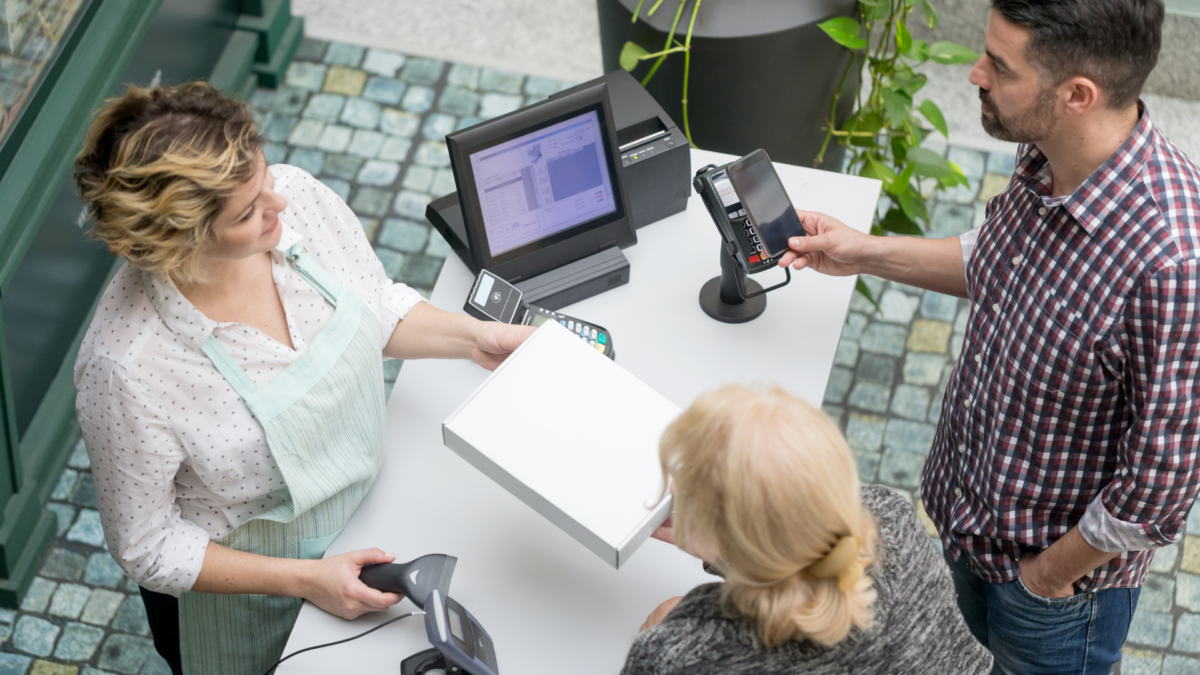Is your mind racing? Are your hands shaking? You glanced in a mirror-worst of all! Your palms are sweaty.
Even the most outgoing people have trouble transitioning from connecting with friends and family to a meeting with business colleagues. It is different, and even your most charming behavior can fall flat if you don’t like how someone or something is responding.
But how are you supposed to know how to approach a new business meeting if you have never been to one? Read on to learn about how to ace your first business meeting. You’ll be glad you did!
Arrive Early
One of the best tips to ace your first business meeting is to arrive early. This will give you enough time to get settled and prepared for the meeting. It will also help you focus on the business at hand rather than rushing around trying to make it on time.
Being punctual is key to making a good first impression, so arriving at least 15 minutes before the meeting to set up and check emails is a must. If you’re using a whiteboard, make sure to take the best whiteboard marker with you, and set the board up in advance of the meeting. Also, arriving early gives the meeting organizers time to introduce everyone in the room.
Being the first in the room gives you the chance to make a strong introduction, exchange pleasantries, and build rapport. These will go a long way in nailing your first business meeting, so show up early and be ready to make an impact.
Research the People You’ll Be Meeting Beforehand
When preparing for a business meeting, it is vital to research the people you will meet beforehand and take notes on what you need to remember about each one. Before the meeting, make sure you are familiar with the background of the people you will be meeting, including their work history and accomplishments. You can also know any particular topics they have asked about or particular qualifications they have that could help you during the meeting.
Once you have done your research, take notes on key areas to remember or questions to ask the people during the meeting. This information can then ensure the conversation flows smoothly and allows you to make an impression that could be beneficial for further collaborations.
For this purpose, you might note down the key points of the meeting for a better understanding. You may also draw mind maps or free diagrams for breaking down complex topics. Further, you can record the conversations using a recorder or AI tools like Fireflies. If you want to save and share video snippets from the meeting, you can use alternatives to fireflies such as Fathom or Tactiq, which can be beneficial for future purposes.
Dressed for the Occasion
Dressing appropriately for your first business meeting reflects respect for your hosts. It is important to dress professionally, if possible. The best way to do this is to research ahead of time the kind of dress expected at the meeting.
If unsure, you may want to err on the side of caution and go with a more formal look. For example, if men are expected to wear a suit and tie, bring an additional tie to account for any last-minute changes in the dress code. Women can opt for a dress, skirt, blouse, or suit, depending on the occasion.
Make sure that all of your clothes are neat and pressed, and leave the shoulder straps of tank tops, t-shirts, and spaghetti straps at home. A finishing touch, such as a classic watch or jewelry, can help add a professional touch and complete the look.
Have a Few Questions Prepared
Doing your research ahead of time to learn about the company and the individuals you will meet with can give you a good idea of the type of questions to ask them. By asking relevant and interesting questions, it shows your hosts that you are engaged and have taken the time to think about their business. It gives them the chance to share their knowledge and experiences with you.
Be sure to have a few ideas or suggestions to offer your hosts as this will help them understand your commitment and enthusiasm for the business.
Be Courteous and Attentive
One of the most significant aspects of acing your first business meeting is being courteous and attentive throughout the event. This is because it helps make a good impression and helps illustrate to the other people in the meeting that you are committed to achieving a positive outcome.
Be sure to listen carefully to what other people are saying, make eye contact, smile, and maintain an open, friendly posture. It is important to take part in the conversation, offer questions and comments, and speak up when appropriate. Do not be shy to make suggestions and show your expertise on the subject, but take care to not make the conversation too one-sided.
Be conscious of your body language and maintain a professional attitude throughout the meeting.
Ace Your First Business Meeting With These Tips
Use the above tips from a pro to ensure your first business meeting is successful. Arrive early, research the people you will meet beforehand, dress appropriately, have questions prepared, and be courteous and attentive throughout the event. With the help of these tips, you’ll be able to ace your first business meeting with ease.
Start your preparation today, and let yourself flourish in the business world!
For more great tips that will help you succeed in your business, check out the other articles on our blog.



